-
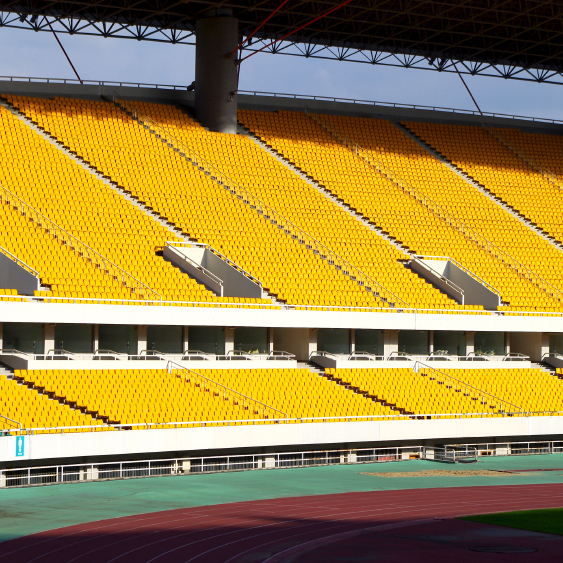
How would you design the seating for an Olympic stadium to give spectators the best view of events? This geometry and modelling activity is designed to be accessible to both GCSE and A-level maths students (Key Stage 4 and Key Stage 5), who can tackle it at different levels.
-
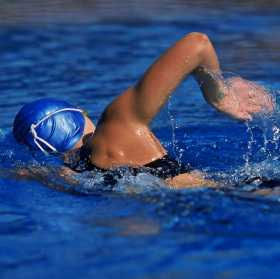
Do you think the triathlon will be won by someone who is very strong in one event and average in the other two, or someone who is strong in all three disciplines? This activity challenges students to analyse real-life data and use their knowledge of sport to explain what they notice, and is aimed at secondary maths students at Key Stage 4.
-
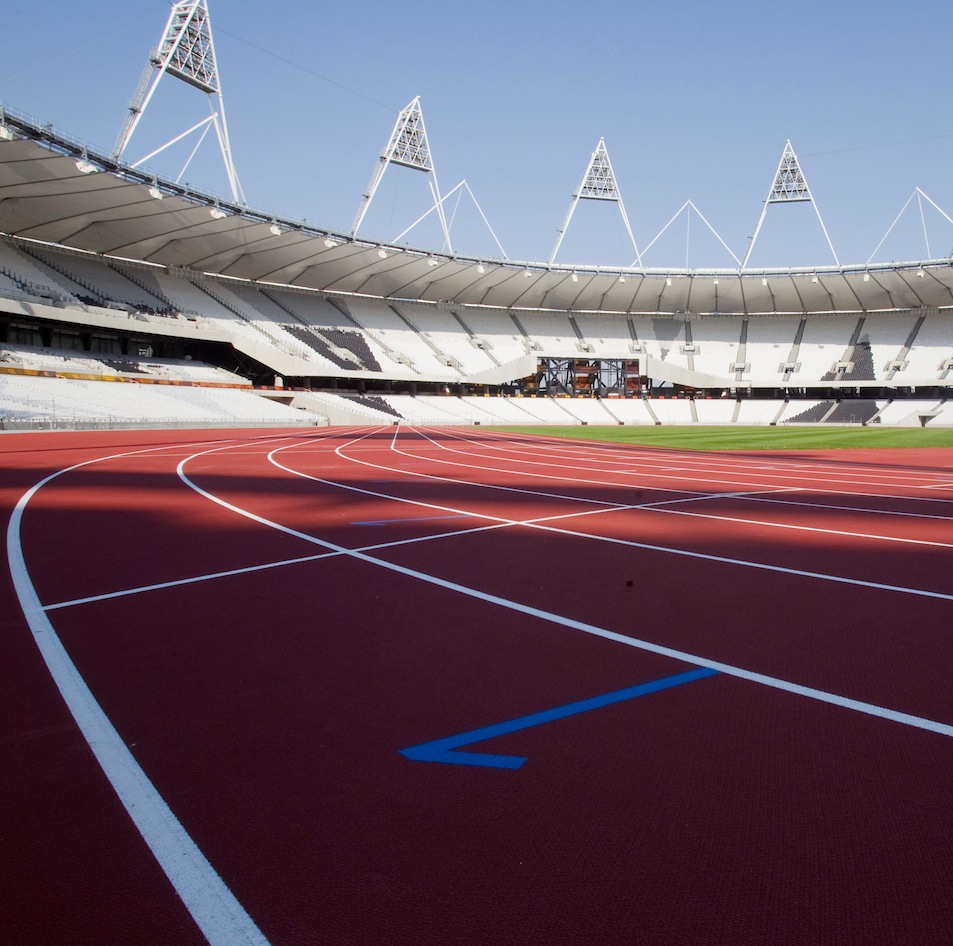
Take a look at the amazing limits that athletes push themselves to in search of Olympic glory. Which events see the fastest speeds, furthest distances and highest forces? This activity challenges students to undertake some research, calculate with measurements and different units, and make comparisons, and has a number of different parts aimed at students across both Key Stages 4 and 5.
-
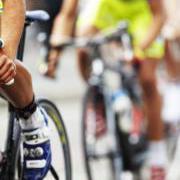
Can you analyse the nutritional needs of a long-distance cyclist to help him plan his calorie intake? This activity provides a real-life context for handling data, converting units and proportional reasoning and is aimed at secondary students at Key Stages 3 and 4.
-
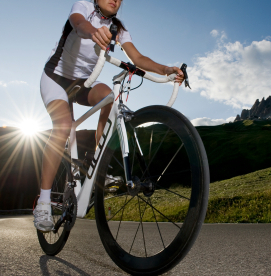
As a coach for a long distance cyclist, can you come up with a race plan to help him win his ride from Lands End to John o' Groats? This activity is a more challenging follow-on from Nutrition and Cycling and is aimed at secondary students at Key Stage 4.
-
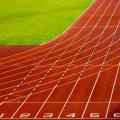
You are designing and marking out the running track for a new Olympic stadium. Where should the staggered starting positions be marked for the 200m and 400m events? This activity is aimed at Key Stage 4 students (age 14-16).
-
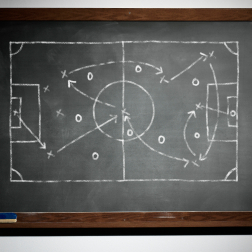
This activity follows on from Charting Success and encourages students to consider and analyse representations of data from the world of sport, to make sense of the stories they tell, and to analyse whether the right representation has been chosen for the purpose. It is aimed at secondary students (Key Stages 3 and 4).
-
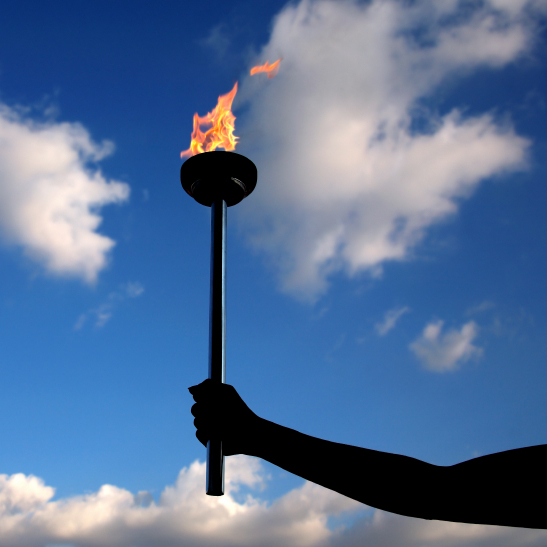
The organisers of the Olympic Torch Relay hope that the planned route means that the Torch will come within 10 miles of 95% of the population of Britain. Has this worked? This activity can be approached at different levels by a wide range of ages from older primary school pupils to GCSE students (Key Stages 2 to 4).
-
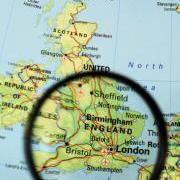
Can you find the best route for the Olympic Torch relay to take? This more challenging activity is designed to be accessible to GCSE maths students (Key Stage 4).
-
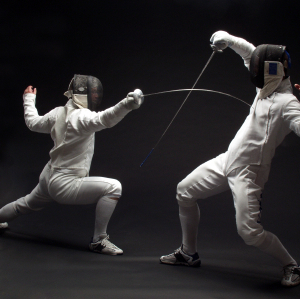
Four sporty brainteasers in the context of fencing, hockey, football and international medal tables. This activity challenges students to be resourceful, to think logically and to work systematically, and is designed to be accessible to secondary maths students at Key Stages 3 and 4.
These activities are based on maths usually encountered in secondary school while studying for GCSE at UK Key Stage 4 (ages 14 to 16). KS4 students may also enjoy some of our articles.

